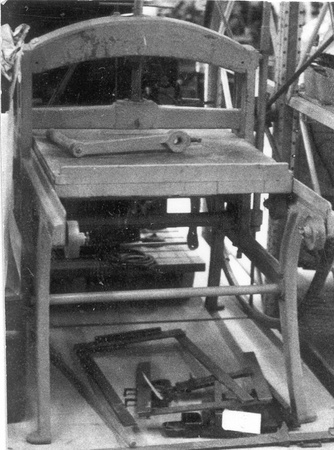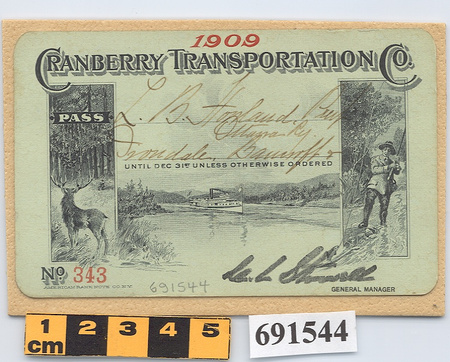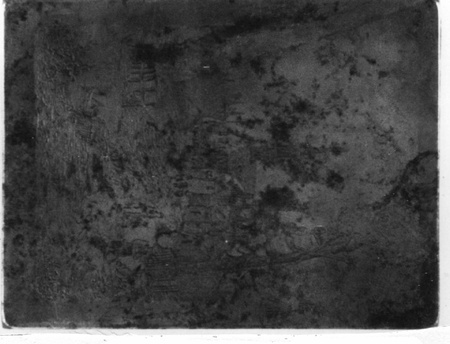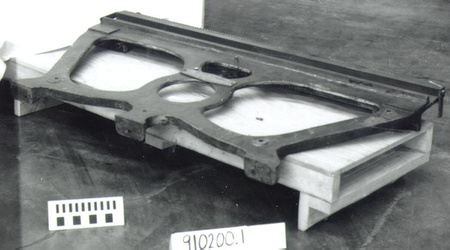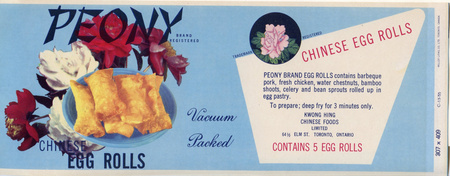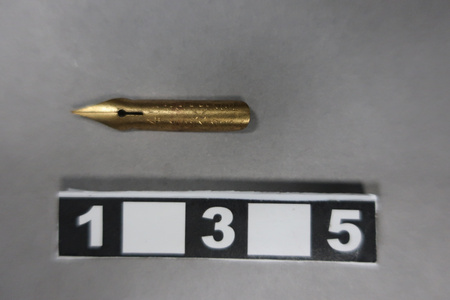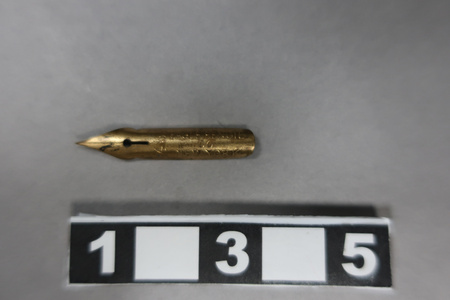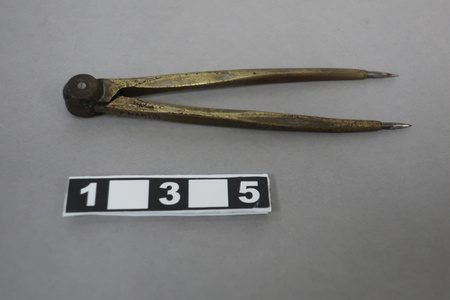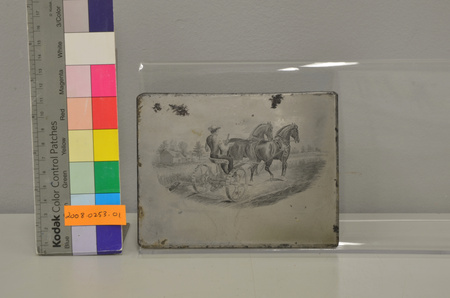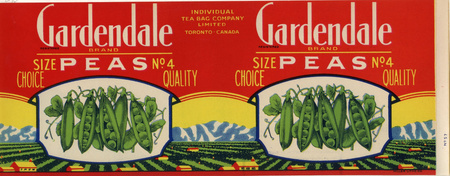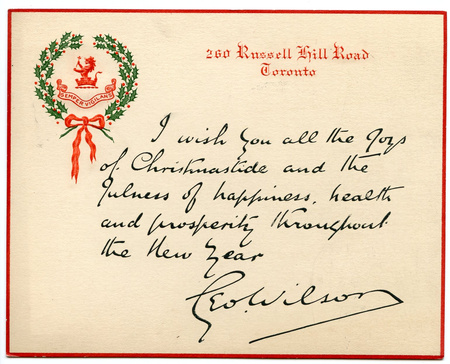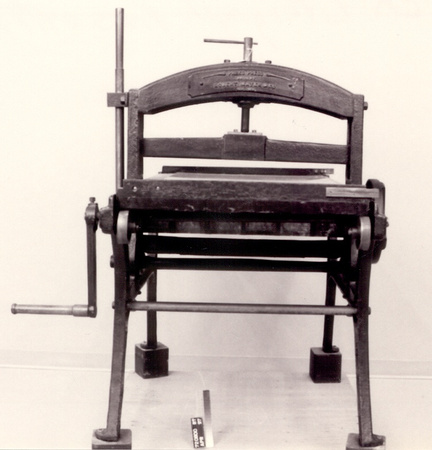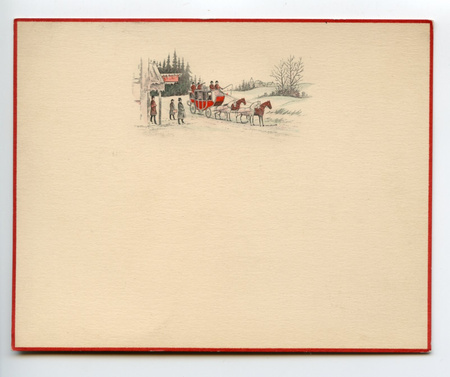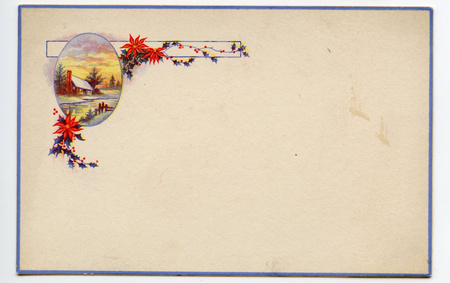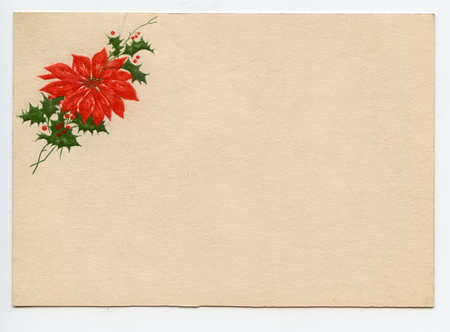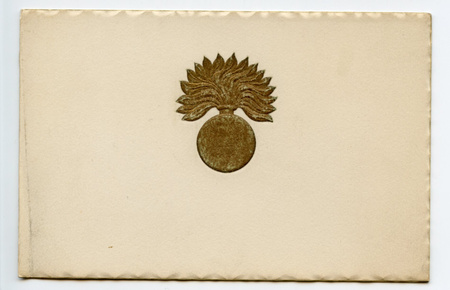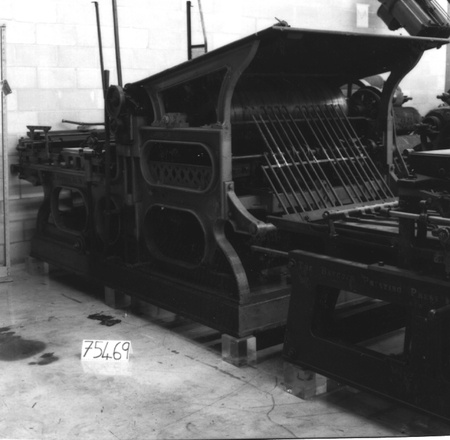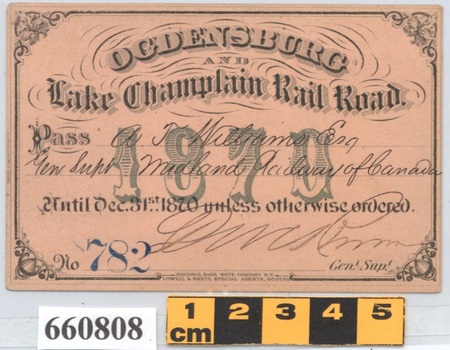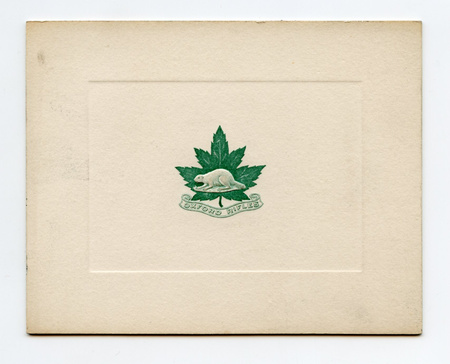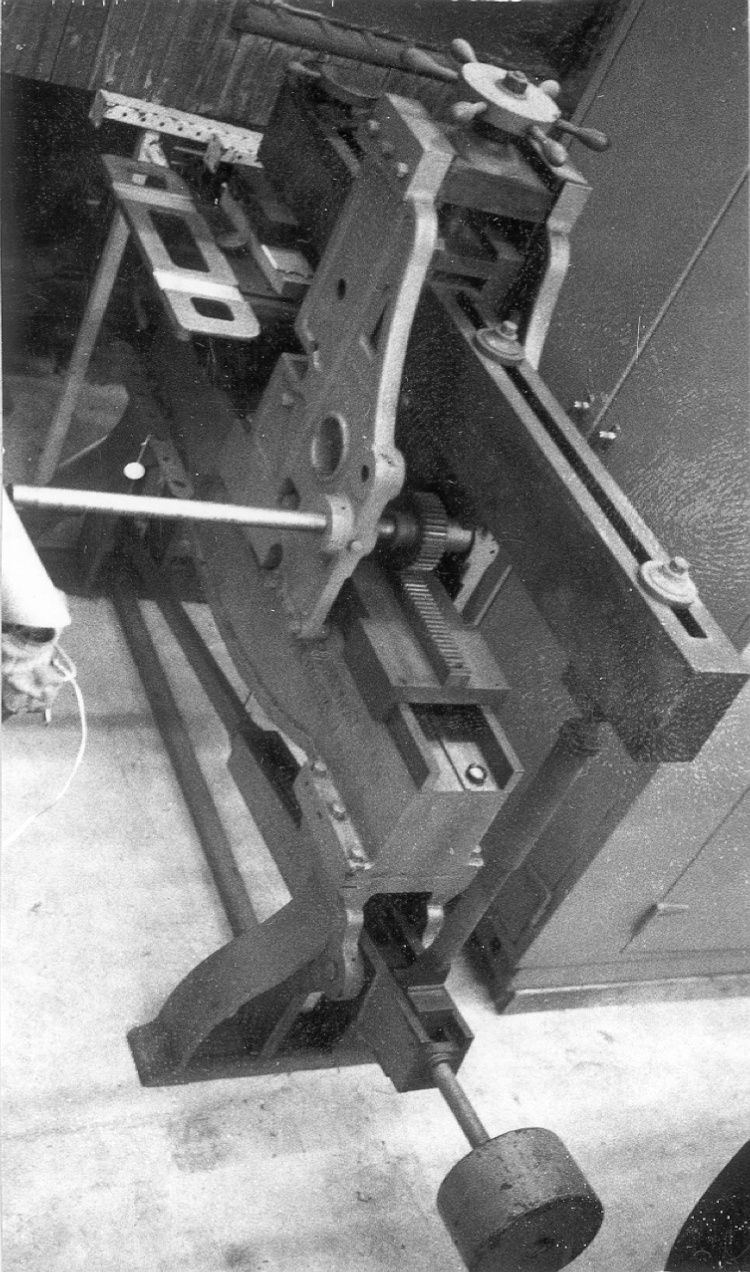Press, printing
Use this image
Can I reuse this image without permission? Yes
Object images on the Ingenium Collection’s portal have the following Creative Commons license:
Copyright Ingenium / CC BY-NC-ND (Attribution-NonCommercial 4.0 International (CC BY-NC 4.0)
ATTRIBUTE THIS IMAGE
Ingenium,
1969.1284.001
Permalink:
Ingenium is releasing this image under the Creative Commons licensing framework, and encourages downloading and reuse for non-commercial purposes. Please acknowledge Ingenium and cite the artifact number.
DOWNLOAD IMAGEPURCHASE THIS IMAGE
This image is free for non-commercial use.
For commercial use, please consult our Reproduction Fees and contact us to purchase the image.
- OBJECT TYPE
- LITHO/BANKNOTE OR TRANSFER
- DATE
- 1950
- ARTIFACT NUMBER
- 1969.1284.001
- MANUFACTURER
- Chapman, W.H. & Co.
- MODEL
- Unknown
- LOCATION
- Newark, New Jersey, United States of America
More Information
General Information
- Serial #
- N/A
- Part Number
- 1
- Total Parts
- 1
- AKA
- N/A
- Patents
- N/A
- General Description
- CAST IRON FRAME WITH MILLED STEEL MECHANICS
Dimensions
Note: These reflect the general size for storage and are not necessarily representative of the object's true dimensions.
- Length
- 2.75 m
- Width
- 1.2 m
- Height
- 2.4 m
- Thickness
- N/A
- Weight
- N/A
- Diameter
- N/A
- Volume
- N/A
Lexicon
- Group
- Printing
- Category
- Image transfer
- Sub-Category
- N/A
Manufacturer
- AKA
- Chapman
- Country
- United States of America
- State/Province
- New Jersey
- City
- Newark
Context
- Country
- Canada
- State/Province
- Ontario
- Period
- Before 1970.
- Canada
-
Tthis machine was used in Ottawa by the Canadian Bank Note Company (est. 1894) in the production of bank notes, postage stamps stock and bond certificates, etc. - Function
-
To transfer individual designs from an original engraving to a master die prior to the preparation of a gravure printing plate. - Technical
-
This is a siderography, or transfer, press used in the making of gravure printing plates for banknotes. It employs principles developed in the United States by Jacob Perkins in the early 19th century. Individual parts of a banknote design are engraved separately by hand on individual steel dies. Each die is first hardened then placed in the siderography press, where under great pressure the image is tranferred to a steel roll. All rolls comprising the complete design are then hardened and then each in turn is used to impress its image in the steel master die. From this flat master die the actual printing plates are made by electrotyping. For more information see: Robert N. Steffens, Engraved Stationery Handbook (New York: 1950), pp. 143-144. - Area Notes
-
Unknown
Details
- Markings
- N/A
- Missing
- From CA of 05/17/1995 by Tony Missio: Undetermined
- Finish
- PAINTED GREEN
- Decoration
- N/A
CITE THIS OBJECT
If you choose to share our information about this collection object, please cite:
Chapman, W.H. & Co., Press, printing, circa 1950, Artifact no. 1969.1284, Ingenium – Canada’s Museums of Science and Innovation, http://collection.ingenium.ca/en/id/1969.1284.001/
FEEDBACK
Submit a question or comment about this artifact.
More Like This
